Disclosure: This article contains affiliate links. We may earn a commission from purchases at no extra cost to you, which helps our travel content.
Stepping off the helicopter onto Swakopmund's pristine coastline, I was immediately struck by the surreal juxtaposition of golden desert dunes cascading toward the misty Atlantic. This wasn't my typical destination—far from the limestone caves of South Wales or the tea plantations of East Asia I typically gravitate toward. But when the International Firefighting Safety Conference brought me to Windhoek, I couldn't resist extending my stay to explore this peculiar German colonial outpost nestled between Namibia's unforgiving desert and restless sea. While my travels usually involve more spelunking gear than spa robes, Swakopmund offered a rare opportunity to experience ultra-luxury in one of Africa's most distinctive settings. What follows is my account of a week where indulgence meets adventure in a landscape that defies expectations.
A Colonial Oasis: Swakopmund's Architectural Heritage
Swakopmund feels like a mirage—a slice of Bavaria mysteriously transported to Africa's southwestern coast. The town's German colonial architecture stands in stark contrast to the surrounding Namib Desert, creating a surreal backdrop for luxury experiences.
I spent my first morning wandering the immaculately preserved streets, where pastel-colored buildings with ornate facades house high-end boutiques and gourmet restaurants. The Woermannhaus, with its distinctive tower, offered panoramic views of this architectural anomaly nestled between desert and sea. My guide, a local historian named Thomas, explained how German settlers established Swakopmund as their main harbor in the late 19th century, leaving an indelible cultural imprint that persists today.
The Swakopmund Museum provided fascinating context to this unique heritage. While I typically spend my underground hours exploring cave systems rather than museum basements, I found myself captivated by the exhibits detailing the town's evolution from colonial outpost to luxury destination.
My accommodation at the boutique hotel perfectly complemented this cultural immersion. Situated directly on the Atlantic coastline with uninterrupted ocean views, the property seamlessly blends colonial-era charm with modern luxury. My suite featured a private terrace where I enjoyed locally-sourced breakfast spreads while watching fishing boats navigate the morning mist.
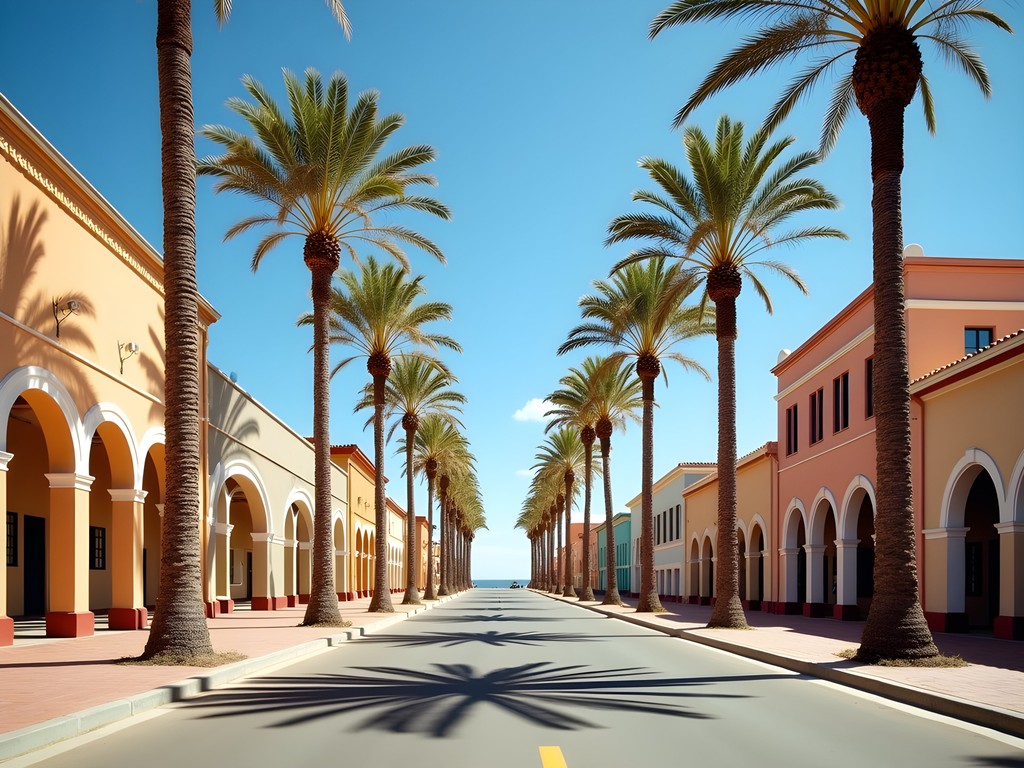
💡 Pro Tips
- Book a private walking tour with a local historian for insights beyond the guidebooks
- Visit the Woermannhaus early morning for the best photography light and fewer crowds
- The Swakopmund Museum closes on Sundays; plan accordingly
Desert Exclusivity: Private Dune Expeditions
The true luxury of Swakopmund lies not in its colonial buildings but in the exclusive access to one of Earth's oldest deserts. Having explored underground caverns across four continents, I'm no stranger to otherworldly landscapes, but the Namib Desert presents an entirely different type of wonder—one best experienced through private, tailored expeditions.
My third morning began before dawn when my guide, Tobias, collected me in a customized Land Rover equipped with every comfort imaginable. We ventured beyond the tourist routes into restricted areas of the Namib, where massive dunes rise like copper-colored waves frozen in time. As a firefighter accustomed to assessing terrain, I was mesmerized by the desert's constantly shifting topography and the skill with which Tobias navigated it.
"Most visitors see only what's permitted in the national parks," Tobias explained as we crested a particularly magnificent dune. "But with the right permits and connections, you can experience the true solitude of the Namib."
We paused atop a towering dune for a champagne breakfast as the rising sun transformed the landscape into a canvas of gold and shadow. The silence was absolute—a luxury increasingly rare in our connected world.
Later, we tracked desert-adapted wildlife with an expert tracker who pointed out creatures I would have otherwise missed: the sidewinding adder leaving its distinctive trail, the fog-harvesting beetle, and the elusive golden mole that spends its life beneath the sand.
For photography enthusiasts, I recommend bringing a premium camera filter to manage the intense desert light and capture the subtle color variations in the dunes. The filter's high-transmission coating proved invaluable in the harsh conditions, allowing me to photograph details that would otherwise be lost to glare.
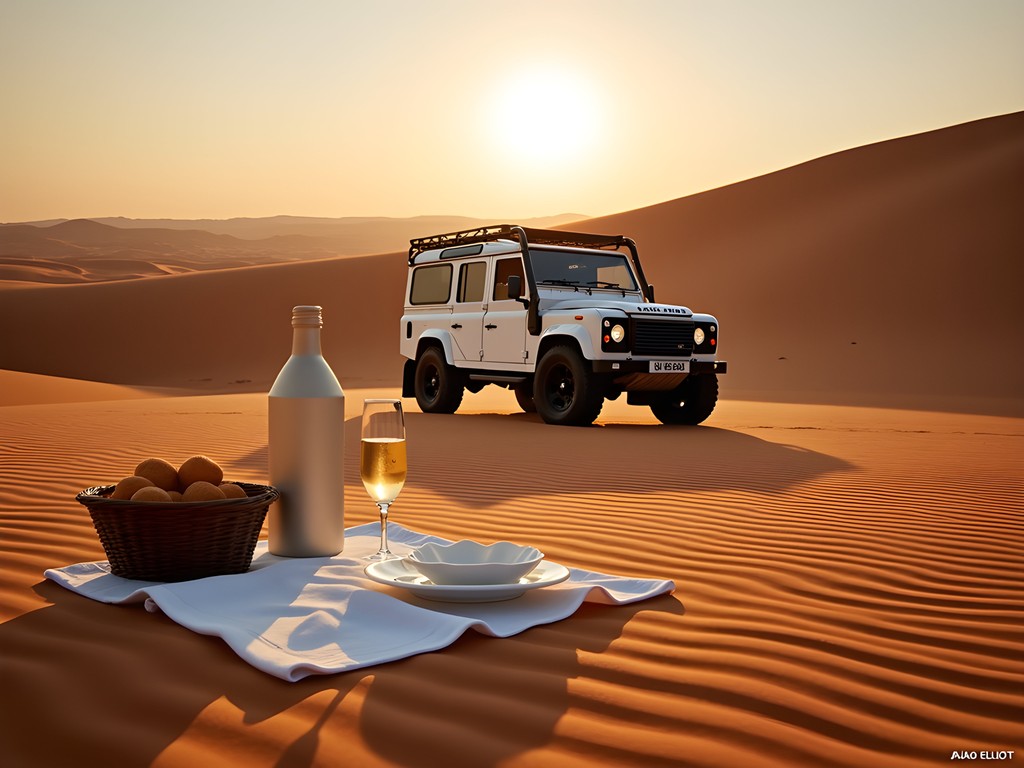
💡 Pro Tips
- Book private desert expeditions at least two months in advance—the best guides are in high demand
- Request early morning departures to witness the dramatic lighting on the dunes
- Pack lip balm and eye drops—the desert's aridity is deceptively harsh
Coastal Indulgence: Ocean Meets Desert
Swakopmund's position where the desert meets the sea creates a microclimate unlike anywhere else I've visited—a cool, misty coastline adjacent to one of the world's driest deserts. This unique geography enables extraordinary experiences for the luxury traveler seeking both adventure and indulgence.
I spent an afternoon aboard a private catamaran, sailing along the Skeleton Coast where the cold Benguela Current creates rich marine ecosystems. The expedition was arranged through my hotel's concierge, who secured a vessel typically reserved for scientific research. Unlike the commercial tourist boats, our intimate cruise included a marine biologist who provided fascinating context to our wildlife encounters.
We spotted playful Cape fur seals, dolphins riding our bow wave, and even glimpsed a rare African penguin colony. The highlight came when we anchored in a secluded bay for a seafood lunch prepared by a private chef who accompanied us. Fresh oysters harvested that morning were paired with South African wines as we dined on the deck, watching the mist roll dramatically between desert and sea.
"The interaction between the cold Atlantic and hot desert creates one of the most productive marine environments on Earth," explained our marine biologist guide, Emma. "It's why the seafood here is exceptional."
Returning to shore, I spent the evening at The Tug Restaurant, housed in an actual converted tugboat overlooking the Atlantic. Their lobster thermidor, prepared with locally harvested seafood, was among the finest I've had anywhere in the world.
For those sensitive to motion sickness like myself, I recommend packing motion sickness bands. These drug-free bands use acupressure to prevent nausea and allowed me to fully enjoy the catamaran experience without medication. They're discreet enough to wear with formal attire and proved invaluable during our occasionally choppy sailing.
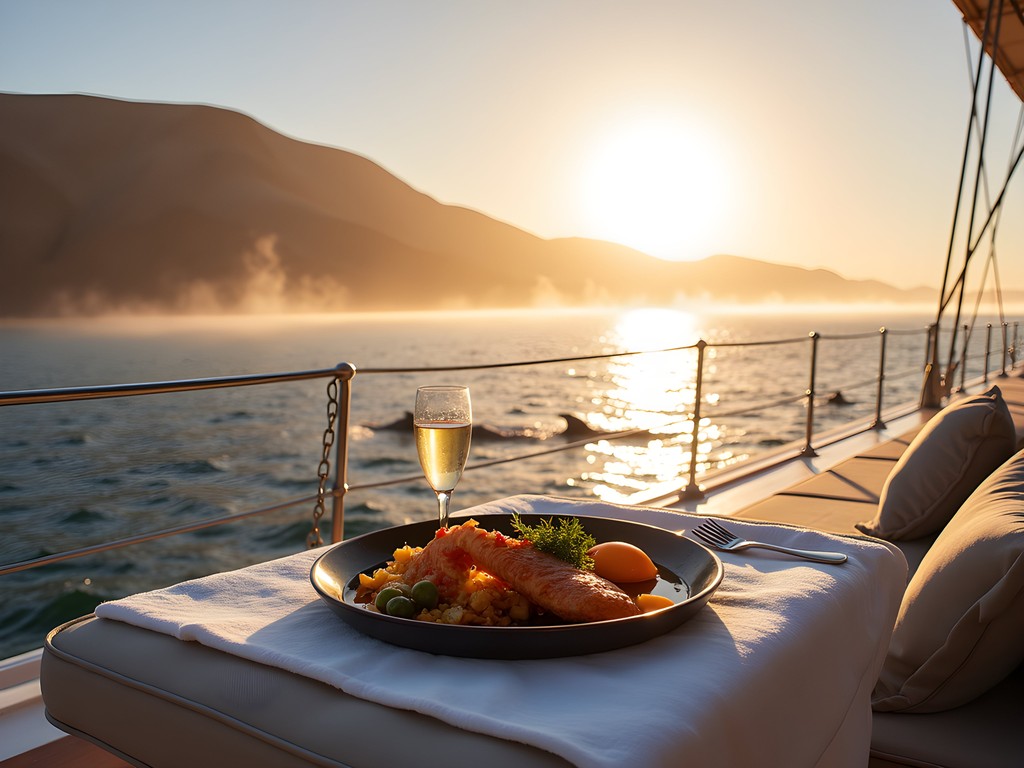
💡 Pro Tips
- Book private catamaran tours through hotel concierges rather than tourist offices for a more exclusive experience
- Request the services of a marine biologist to enhance wildlife encounters
- The Tug Restaurant requires reservations at least a week in advance for window tables
Desert Wellness: Spa Treatments with Namib Influence
After years of crawling through tight cave passages and the physical demands of firefighting, I've developed an appreciation for therapeutic bodywork—though I rarely indulge in the ultra-premium spa experiences available in destinations like Swakopmund. This trip was different.
The desert-inspired wellness treatments here incorporate indigenous ingredients and traditions, creating experiences impossible to replicate elsewhere. At the Namib Spa within my hotel, I discovered treatments utilizing elements harvested from the desert and sea: exfoliation with Namib sand, masks made from mineral-rich desert clay, and massages using oils infused with local botanicals.
My therapist, Lucia, recommended their signature treatment—the Desert Renewal Journey. The three-hour experience began with a private steam bath infused with indigenous herbs, followed by a full-body exfoliation using salt from the nearby salt pans mixed with crushed marula nuts. The subsequent massage incorporated heated desert stones and baobab oil, targeting pressure points I didn't realize needed attention until they were released.
"The extremes of the desert environment create plants with extraordinary properties," Lucia explained. "They must concentrate their beneficial compounds to survive, which makes them potent ingredients for wellness treatments."
The experience concluded in a private relaxation pod overlooking the Atlantic, where I sipped tea infused with !nara melon, a desert fruit harvested by the indigenous Topnaar people. As someone who has studied tea cultures across Asia, I found this local infusion fascinating—earthy with subtle citrus notes, perfectly complementing the treatment.
For those who enjoy continuing wellness routines at home, I recommend the luxury body oil featuring many of the same ingredients used in my treatment. The oil absorbs quickly without residue and helps maintain skin hydration—particularly useful after long flights or in dry climates.
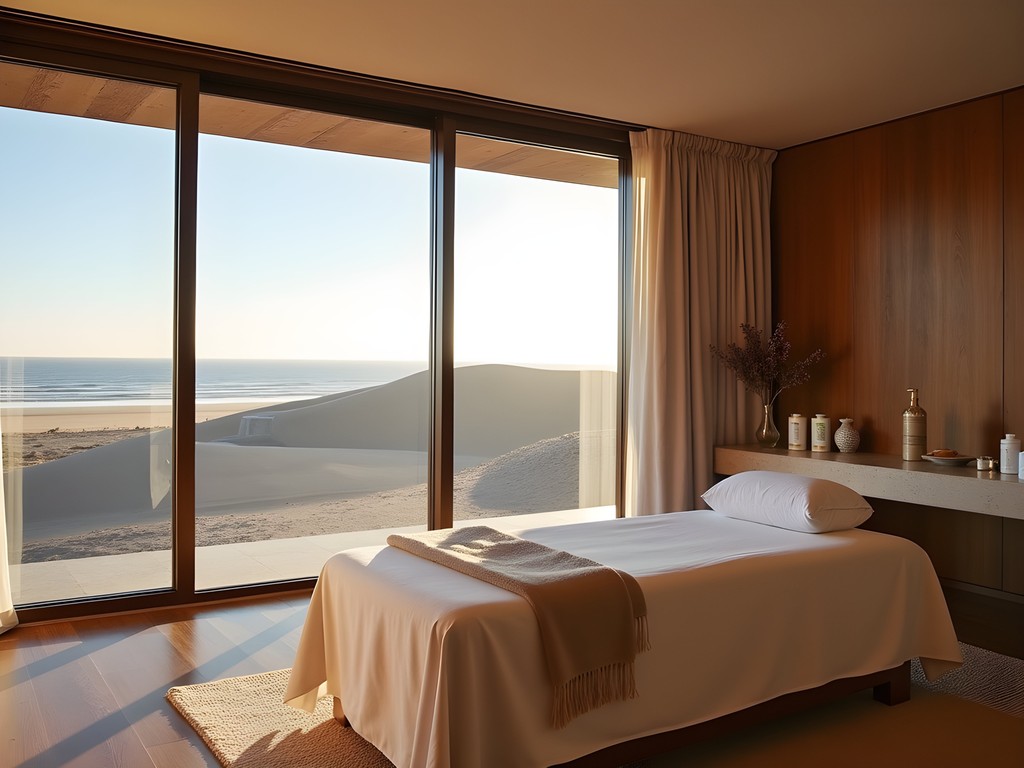
💡 Pro Tips
- Book spa treatments for late afternoon when the desert heat subsides and coastal mist creates a naturally relaxing atmosphere
- Request treatments using indigenous ingredients for an authentic experience
- Allow at least 30 minutes in the relaxation area afterward to fully absorb the benefits
Culinary Excellence: German Precision Meets African Abundance
Swakopmund's culinary scene reflects its unique cultural heritage—German techniques applied to Namibian ingredients create a distinctive fusion found nowhere else. As someone who typically seeks out tea houses rather than fine dining establishments, I was pleasantly surprised by the sophisticated food culture thriving in this remote location.
The Jetty 1905 restaurant, built on stilts extending over the Atlantic, offered the most memorable dining experience of my visit. My seven-course tasting menu began with Namibian oysters harvested that morning, followed by carpaccio of oryx with desert truffles. The German influence emerged in dishes like perfectly executed spätzle paired with local game, while African flavors shone through in millet porridge with mopane worm butter—a combination I approached with trepidation but found surprisingly delicious.
The sommelier's wine pairings featured South African vintages alongside unexpected Namibian wines from vineyards I hadn't known existed. When I expressed interest in their tea service, the restaurant arranged a private tasting of bush teas harvested from the Namibian highlands.
"Our culinary philosophy bridges the precision of our German heritage with the bounty of Namibian terroir," explained Executive Chef Johannes. "We're preserving traditional techniques while celebrating ingredients unique to this region."
For more casual yet equally impressive dining, I discovered The Village Café, housed in a converted colonial building with a courtyard shaded by ancient trees. Their breakfast spread featured house-made preserves from desert fruits and honey harvested from hives maintained in the nearby mountains.
To capture flavors of my travels, I purchased a spice collection featuring hand-harvested desert salt and indigenous spice blends. These unique seasonings have since transformed my home cooking, bringing Namibian flavors to my kitchen in Anaheim.
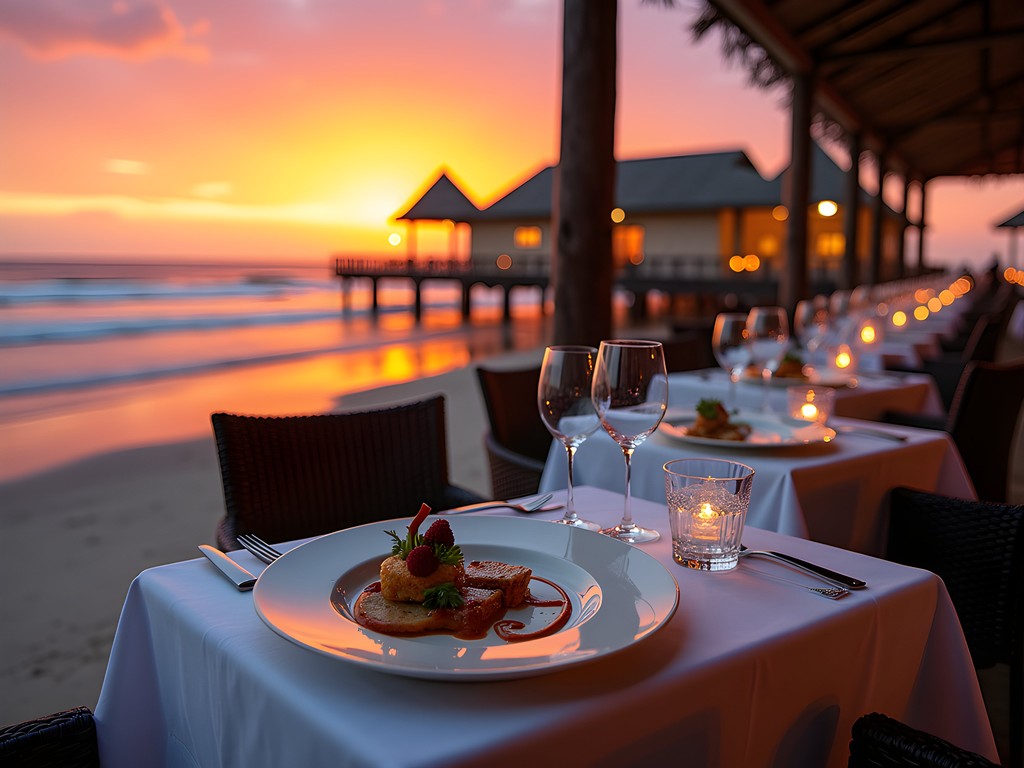
💡 Pro Tips
- Reserve Jetty 1905 at least three weeks in advance and request a table timing that coincides with sunset
- Ask sommeliers about Namibian wines—they're rarely exported and offer unique terroir expressions
- The Village Café doesn't take reservations; arrive before 9am for breakfast to secure a courtyard table
Final Thoughts
As my helicopter lifted off from Swakopmund, banking over the dramatic collision of desert and sea, I reflected on a week that defied my expectations. This wasn't the caving expedition or tea pilgrimage I typically pursue, but rather a rare indulgence in luxury experiences uniquely shaped by one of Earth's most extreme environments. Swakopmund's appeal lies in its contrasts—German precision amid African wilderness, five-star comfort alongside raw natural beauty, and profound silence just minutes from vibrant town life. For couples seeking an ultra-luxury escape beyond predictable destinations, this coastal desert oasis offers experiences impossible to replicate elsewhere. While my firefighter colleagues might raise eyebrows at my enthusiastic embrace of spa treatments and tasting menus, some destinations simply demand we step outside our usual travel patterns. Swakopmund is such a place—extraordinary, otherworldly, and worth every moment of indulgence.
✨ Key Takeaways
- Swakopmund offers ultra-luxury experiences in a uniquely dramatic setting where desert meets ocean
- Private guides provide exclusive access to restricted desert areas beyond typical tourist routes
- The town's German colonial heritage creates a distinctive architectural backdrop and culinary tradition
- Indigenous wellness treatments and ingredients provide spa experiences impossible to replicate elsewhere
📋 Practical Information
Best Time to Visit
December through March (Namibian summer)
Budget Estimate
$1,000-1,500 USD per day for ultra-luxury experiences
Recommended Duration
5-7 days
Difficulty Level
Easy
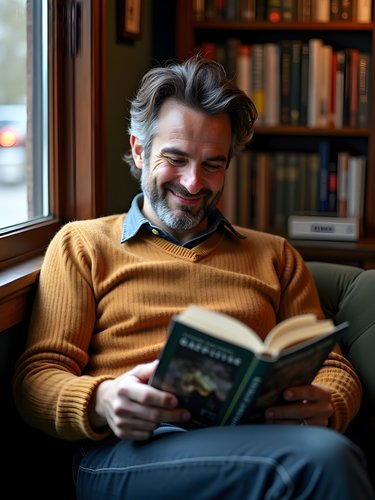
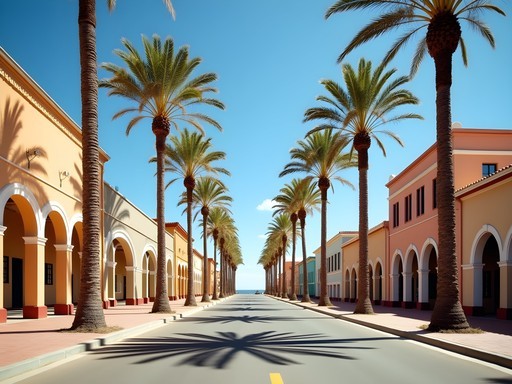
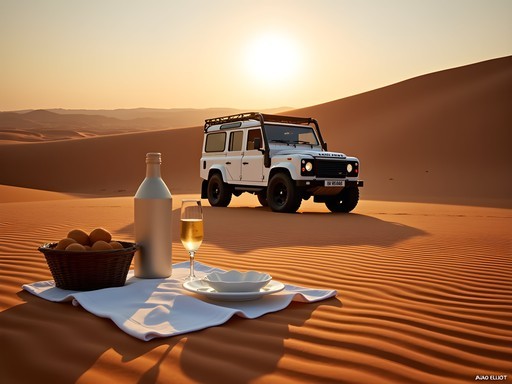
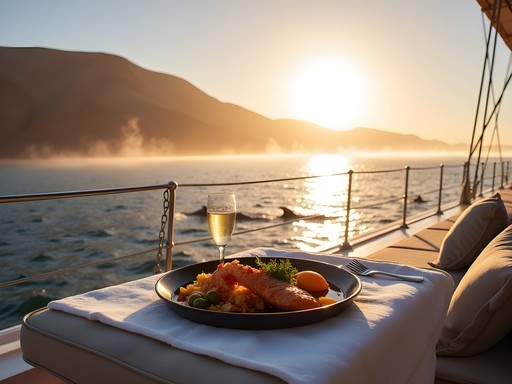
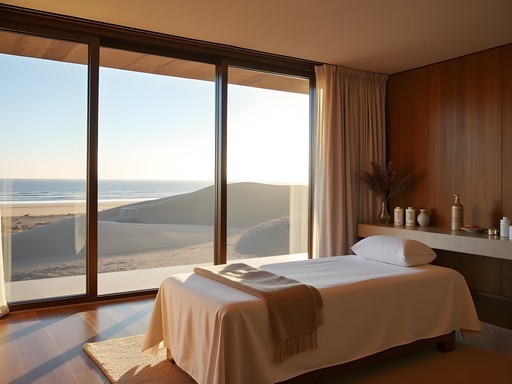
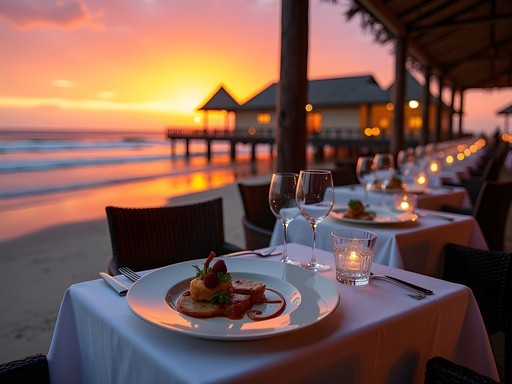


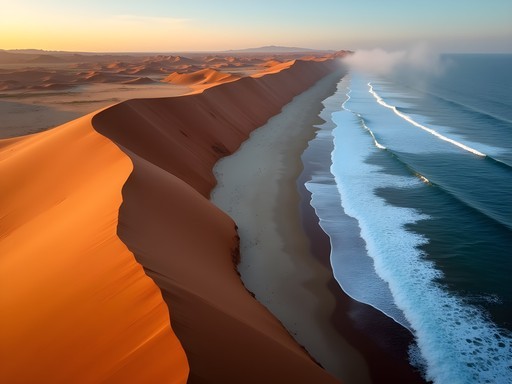







Comments
happyexplorer
How many days would you recommend staying in Swakopmund? Is it worth it as part of a larger Namibia trip or better as its own destination?
Jacob Elliott
I'd recommend 3-4 days minimum in Swakopmund itself. It works perfectly as part of a larger Namibia itinerary - I combined it with Etosha National Park and the Skeleton Coast. The contrast between different regions makes for an incredible journey!
happyexplorer
Perfect, thanks! Planning my route now and this helps a lot.
Claire Hawkins
Beautiful post! We visited Swakopmund with our kids (8 and 10) last year, and surprisingly, it worked wonderfully as a family destination too. The desert safari guides were amazing with children, turning it into an educational adventure about desert ecology. We stayed at Strand Hotel which had a fantastic family suite. If anyone's traveling with kids, the Living Desert Tour is specifically designed to be kid-friendly while still being fascinating for adults. The Marine Dune Day combines dolphin watching with dune exploration - absolute highlight for our family!
Casey Andersson
Jacob, your post brought back incredible memories of my Swakopmund visit last winter! That spa treatment using Namib sand and desert botanicals was transcendent. Did you get a chance to visit the Moon Landscape about 30km outside town? We hired a guide with a luxury 4x4 and packed a sunset champagne picnic. The light hitting those ancient eroded hills was a photographer's dream. I captured some of my best work there using my mirrorless camera - the dynamic range was perfect for those contrasting landscapes. Swakopmund really is that rare place that delivers both adventure and refined luxury.
Jacob Elliott
Thanks Casey! I did make it to the Moon Landscape - absolutely otherworldly. Your champagne picnic sounds like the perfect touch though, wish I'd thought of that!
oceannomad
I visited Swakopmund last year but on a more modest budget. Even without the helicopter and private tours, it was magical! We stayed at a small guesthouse in town and did a group sandboarding excursion that was thrilling. The contrast between desert and ocean is just as stunning from ground level. The seafood was incredible too - try the Brauhaus for amazing local beer and oysters!
dreambackpacker
Did you feel like Swakopmund was authentic or more of a tourist bubble? I'm always hesitant about these luxury destinations.
Jacob Elliott
Great question! The luxury resorts are definitely separate from everyday life, but Swakopmund itself has authentic German colonial architecture and local markets worth exploring. I'd recommend splitting your time between luxury experiences and independent exploration.
islandguide
Those dunes meeting the ocean look incredible! Added to my bucket list!
mountainmate
That helicopter entrance sounds amazing! Was it terribly expensive to arrange? Planning a trip next year and wondering if it's worth the splurge.
Jacob Elliott
It was definitely a splurge at around $600 per person, but the aerial views of the dune-sea collision were absolutely worth it. If you're on a tighter budget, you can arrange for 4WD tours that still give you incredible access to the landscape.
mountainmate
Thanks for the info! Might save the helicopter for a special occasion and do the 4WD tour instead.
blueclimber
Your photos of the desert spa experience look incredible! Definitely convinced me to book a trip for next year!
adventureway
This looks amazing! Which luxury accommodation would you recommend for someone visiting for the first time?
Casey Andersson
@adventureway Strand Hotel is perfect for first-timers - right on the beach with amazing views. If you want something more secluded, Desert Breeze Lodge sits on the edge of town overlooking the dunes. Stunning!
Bryce Diaz
Jacob, your post perfectly captures the essence of Swakopmund! I spent two weeks there last year researching for my Desert Destinations guide. That juxtaposition of German colonial architecture against the Namib dunes is truly one of Africa's most underrated visual experiences. For anyone planning a visit, I'd add that the morning fog burns off by midday, so schedule your dune activities accordingly. The Living Desert Tour was a highlight - our guide showed us sidewinder snakes, dancing spiders, and transparent geckos hiding in plain sight. Jacob, did you make it to Sandwich Harbor? That's where the dunes literally cascade into the ocean - absolutely mind-blowing photography opportunity.
Venture X
Premium card with 2X miles, $300 travel credit, Priority Pass